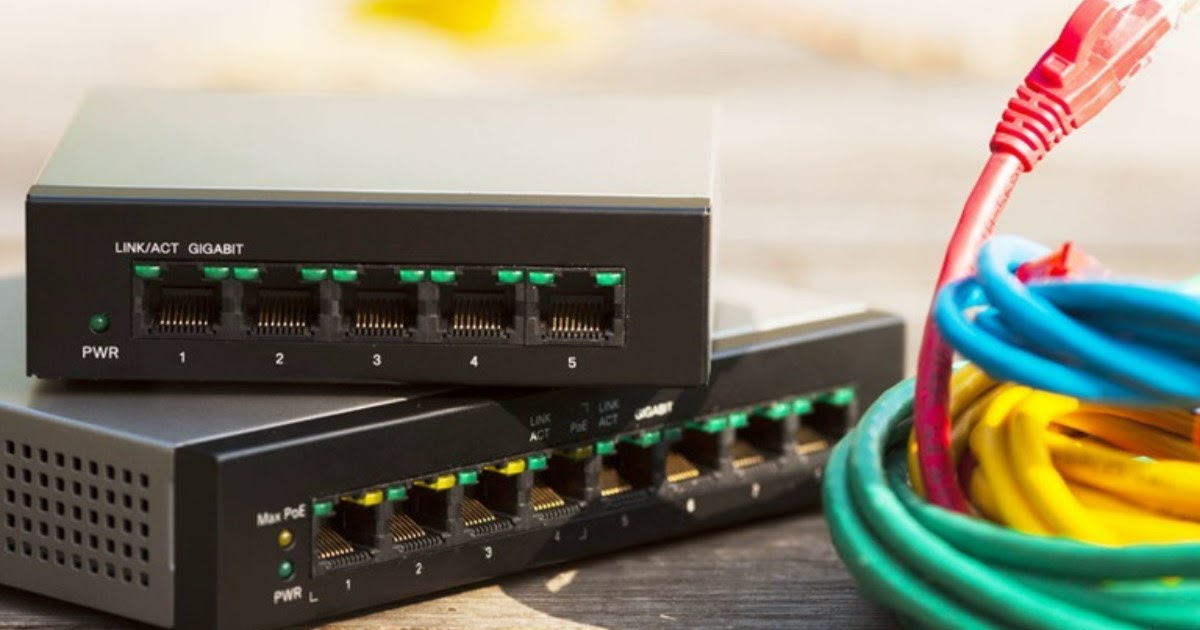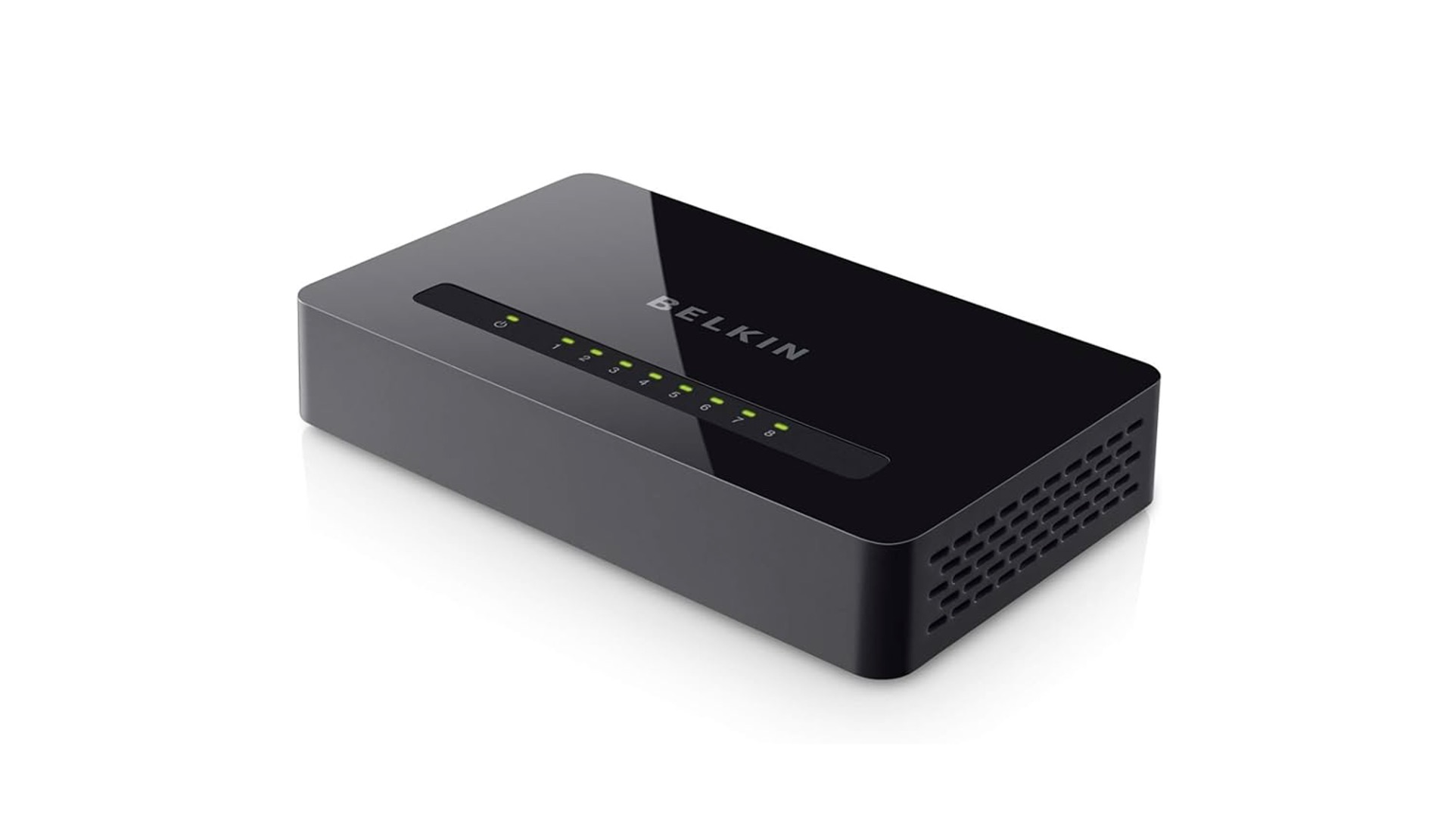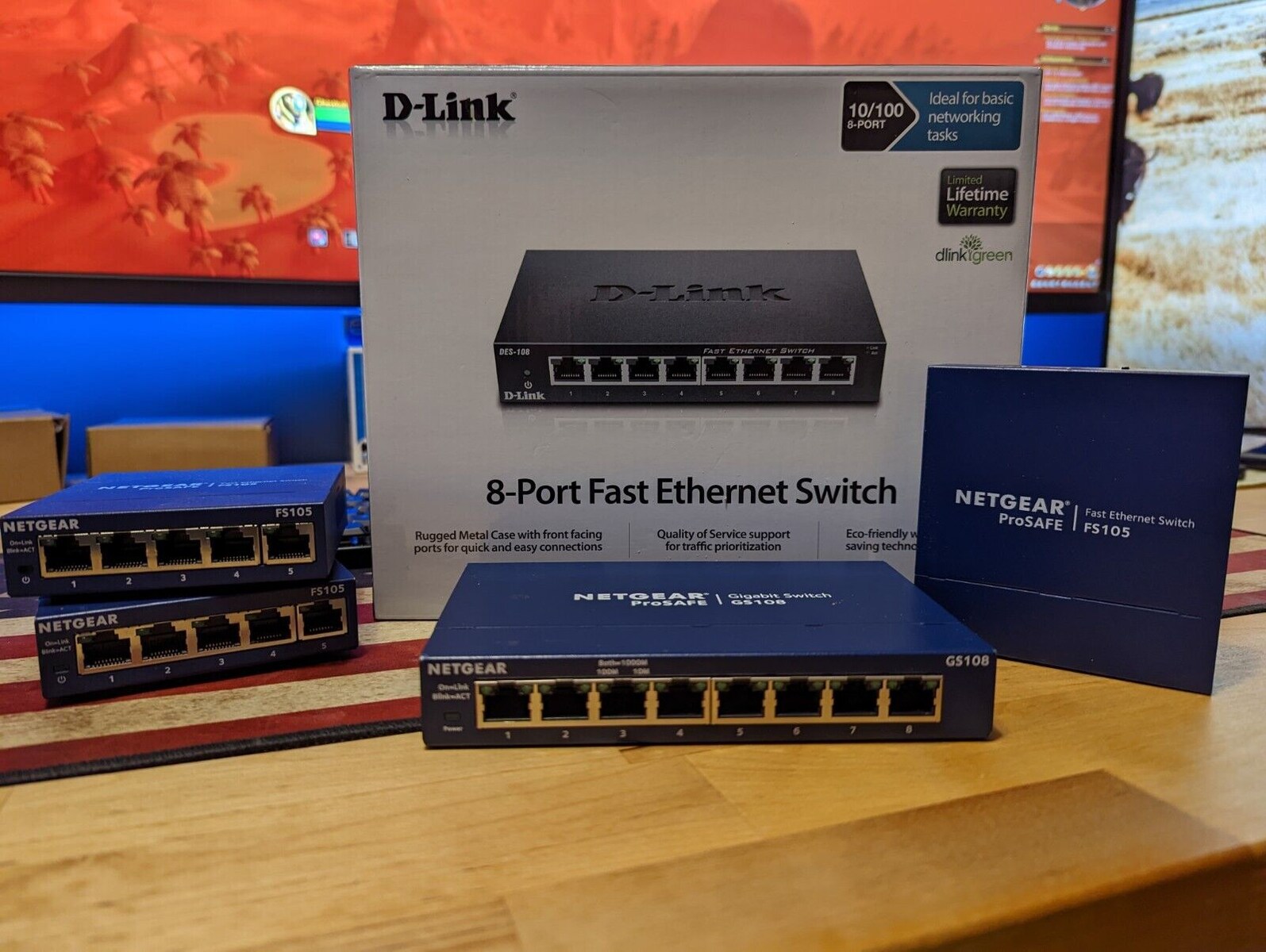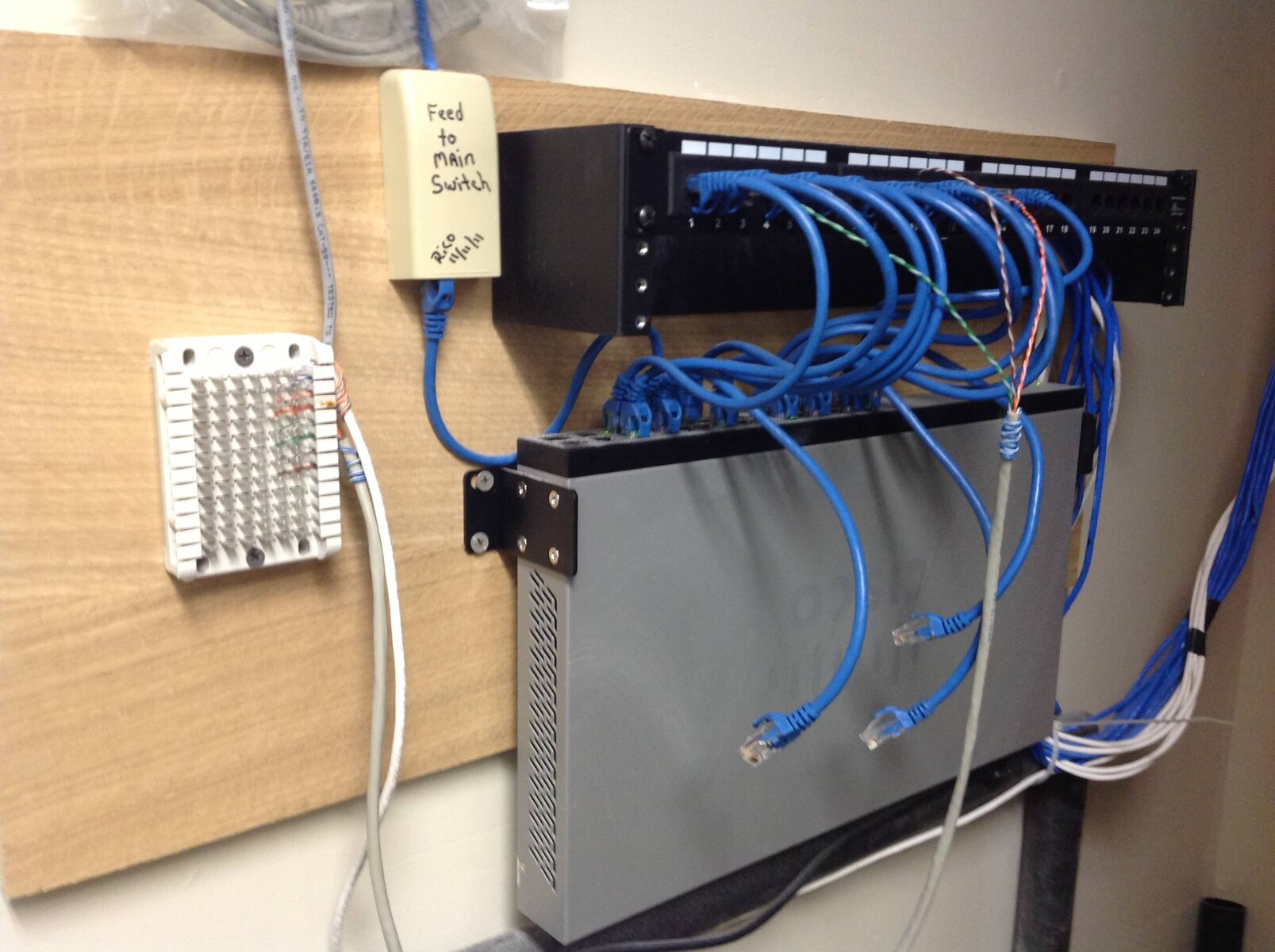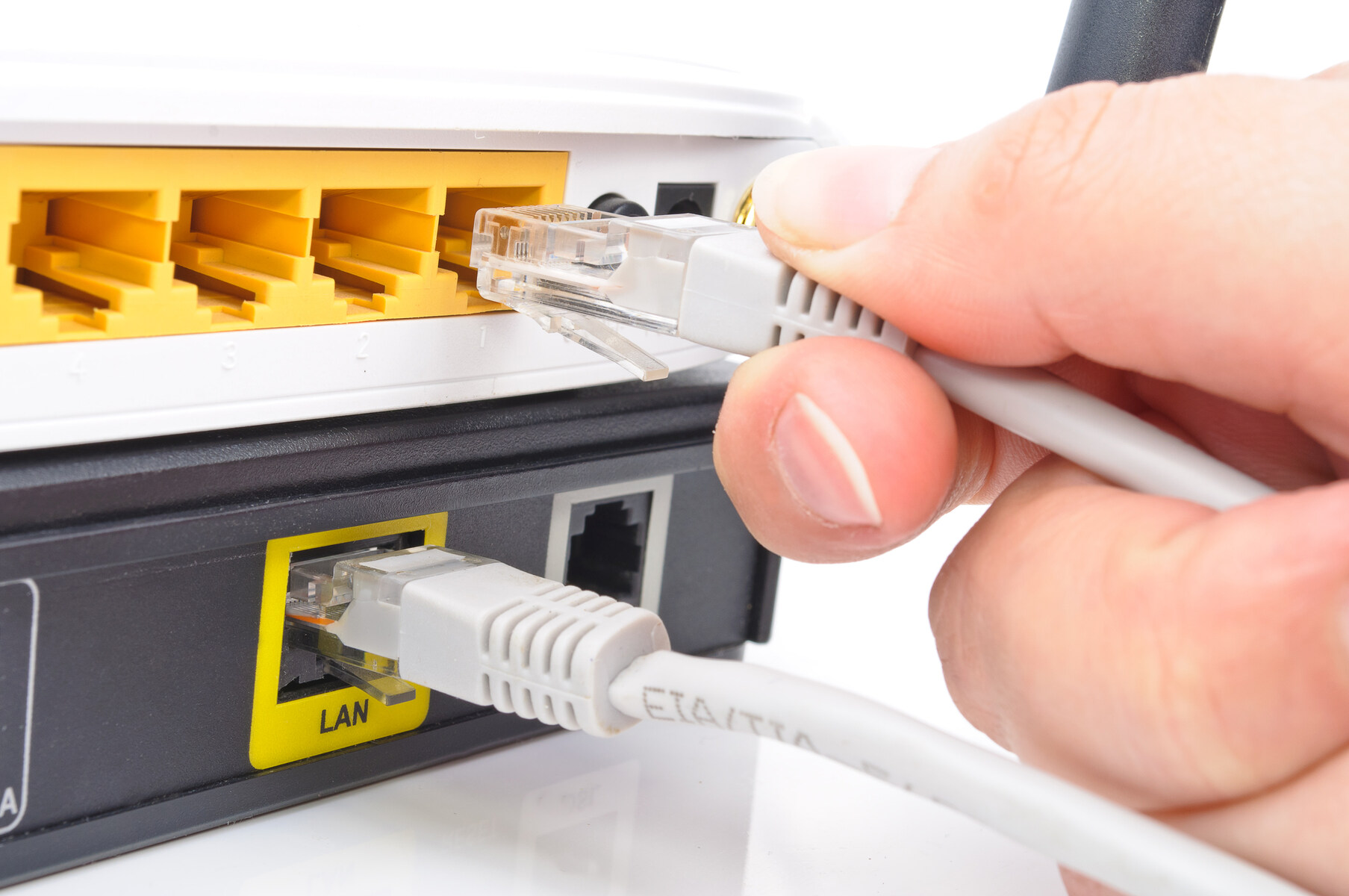Introduction
Understanding the Basics of Network Switches
Network switches play a crucial role in enabling devices to communicate within a local area network (LAN). They are essential components that facilitate the smooth flow of data between multiple devices, such as computers, printers, and servers, within an organization or a household. Understanding how to connect to a network switch and configure network settings is fundamental for anyone dealing with IT infrastructure or home networking.
In this comprehensive guide, we will delve into the intricacies of network switches, providing step-by-step instructions on how to connect to a network switch, configure network settings, and troubleshoot common connection issues. Whether you are a novice seeking to expand your knowledge of networking or a seasoned professional looking for a quick refresher, this article aims to equip you with the essential know-how to navigate the world of network switches with confidence.
From comprehending the fundamentals of network switches to troubleshooting connection issues, this guide will empower you to harness the full potential of your network infrastructure. Let's embark on this enlightening journey to unravel the mysteries of network switches and master the art of seamless connectivity.
Understanding Network Switches
Network switches are intelligent devices that operate at the data link layer of the OSI model, facilitating the efficient transmission of data within a local area network (LAN). Unlike hubs, which indiscriminately broadcast data to all connected devices, switches use MAC addresses to intelligently direct data only to the intended recipient, thereby optimizing network performance and bandwidth utilization.
These devices come in various configurations, including unmanaged, managed, and smart switches, each catering to specific networking requirements. Unmanaged switches are plug-and-play devices ideal for small networks, requiring minimal configuration. On the other hand, managed switches offer advanced features such as VLAN support, QoS, and port mirroring, providing greater control and flexibility in network management. Smart switches, a middle ground between unmanaged and managed switches, offer a user-friendly web interface for basic configuration options.
Understanding the anatomy of a network switch is paramount to harnessing its full potential. Switches consist of multiple ports, each serving as a connection point for network devices. These ports can vary in speed, ranging from Fast Ethernet (10/100 Mbps) to Gigabit Ethernet (10/100/1000 Mbps), and can support different types of cabling, such as Ethernet, fiber optic, or a combination of both.
Moreover, network switches play a pivotal role in creating a unified network infrastructure, enabling seamless communication between devices and ensuring efficient data transfer. By intelligently managing data traffic, switches enhance network security, minimize latency, and optimize overall network performance, making them indispensable in modern networking environments.
As we delve deeper into the intricacies of network switches, we will unravel the essential steps to connect to a network switch, configure network settings, and troubleshoot common connection issues, empowering you to navigate the complexities of networking with confidence and expertise.
Connecting to a Network Switch
Connecting to a network switch is a fundamental step in establishing a robust and efficient network infrastructure. Whether you are setting up a new network or expanding an existing one, the process of connecting devices to a network switch is relatively straightforward. Here’s a step-by-step guide to help you seamlessly connect to a network switch:
- Choose the Right Cables: Before connecting devices to the switch, ensure that you have the appropriate cables. Ethernet cables, commonly known as patch cables, are the standard choice for connecting devices to a network switch. Select cables of the appropriate length and category, such as Cat5e or Cat6, based on your network’s requirements.
- Identify Available Ports: Inspect the network switch to identify the available ports. Depending on the switch model, you may have a combination of Fast Ethernet (10/100 Mbps) and Gigabit Ethernet (10/100/1000 Mbps) ports. Choose an available port that matches the speed and connectivity requirements of the device you intend to connect.
- Connect Devices: Once you have selected the appropriate port, simply plug one end of the Ethernet cable into the device’s network port (e.g., computer, printer, or server) and the other end into the selected port on the network switch. Ensure a secure connection to prevent intermittent connectivity or data loss.
- Power Up the Switch: After connecting the devices, power up the network switch by plugging it into a power source. Once powered on, the switch will initialize and begin forwarding data between connected devices, enabling seamless communication within the network.
It is important to note that some network switches support Power over Ethernet (PoE), allowing compatible devices such as IP cameras, VoIP phones, and wireless access points to receive power and data over a single Ethernet cable. If your switch supports PoE, take advantage of this feature to simplify the deployment of powered devices within your network.
By following these simple steps, you can effectively connect devices to a network switch, laying the foundation for a resilient and interconnected network environment. As we proceed, we will delve into the essential aspects of configuring network settings to optimize the functionality and security of your network infrastructure.
Configuring Network Settings
Once you have connected your devices to the network switch, configuring the network settings is essential to ensure seamless communication and optimal performance. This process involves assigning unique IP addresses, subnet masks, and default gateways to each device, enabling them to communicate within the network and access external resources, such as the internet or other networks. Here’s a comprehensive guide to help you configure network settings effectively:
- Assigning IP Addresses: Access the network settings on each device and assign a unique IP address within the same subnet. The IP addresses should be compatible with the network’s addressing scheme and should not conflict with other devices on the network.
- Setting Subnet Masks: Configure the subnet mask on each device to define the network’s subnetwork and enable proper routing of data within the network. The subnet mask, typically expressed in the form of 255.255.255.0, delineates the network portion of the IP address from the host portion.
- Defining Default Gateways: Specify the default gateway, which is the IP address of the router or gateway device that serves as the exit point for traffic destined for external networks or the internet. This allows devices within the network to communicate with devices outside the local subnet.
- Verifying DNS Settings: Ensure that the Domain Name System (DNS) settings are correctly configured on each device, allowing them to resolve domain names to IP addresses and access resources on the internet. The DNS server addresses should be provided by your internet service provider (ISP) or your organization’s network administrator.
Additionally, for more advanced network configurations, such as implementing virtual LANs (VLANs) or quality of service (QoS) policies, a managed switch provides the necessary features and interfaces to customize and optimize network performance based on specific requirements.
By meticulously configuring network settings on each connected device, you establish a robust and well-organized network infrastructure, fostering efficient data transfer and seamless communication. As we progress, we will explore common troubleshooting techniques to address connectivity issues and ensure the smooth operation of your network.
Troubleshooting Connection Issues
While connecting to a network switch and configuring network settings, you may encounter common connection issues that can impede the seamless operation of your network. Identifying and resolving these issues promptly is crucial to maintaining a reliable and efficient network infrastructure. Here are some troubleshooting techniques to address common connection issues:
- Check Physical Connections: Ensure that all physical connections, including Ethernet cables and power cords, are securely plugged in and free from damage. A loose or damaged cable can lead to intermittent connectivity or complete network outages.
- Verify Device Configuration: Double-check the network settings on each connected device to ensure that the IP addresses, subnet masks, default gateways, and DNS settings are configured correctly. Incorrect settings can lead to connectivity issues and hinder communication within the network.
- Restart Network Devices: Power cycle the network switch and connected devices by turning them off, waiting for a few seconds, and then turning them back on. This simple step can resolve temporary network glitches and restore connectivity.
- Inspect Switch Port Status: Access the switch’s management interface, if available, to check the status of the switch ports. Look for any port errors or anomalies that may indicate hardware or configuration issues affecting connectivity.
- Utilize Network Diagnostic Tools: Leverage network diagnostic tools, such as ping and traceroute, to test connectivity between devices and identify potential network bottlenecks or points of failure. These tools provide valuable insights into the network’s performance and can help pinpoint connectivity issues.
If you are using a managed switch, the switch’s management interface often provides additional troubleshooting features, such as port mirroring for analyzing network traffic, VLAN configuration for segmenting network traffic, and firmware updates to ensure the switch’s stability and compatibility with connected devices.
By employing these troubleshooting techniques and leveraging the capabilities of your network switch, you can swiftly address connection issues and restore the seamless functionality of your network. As we conclude this guide, you are now equipped with the knowledge and tools to navigate the intricacies of network switches and ensure a resilient and high-performing network environment.
Conclusion
As we draw the curtains on this comprehensive guide to connecting to a network switch and configuring network settings, you have gained valuable insights into the intricacies of network infrastructure and the essential steps to establish a robust and efficient network environment. Understanding the fundamentals of network switches, connecting devices, configuring network settings, and troubleshooting common connection issues are pivotal skills that empower you to navigate the complexities of modern networking with confidence and expertise.
Network switches serve as the cornerstone of seamless communication within local area networks, intelligently routing data and optimizing network performance. By selecting the right cables, identifying available ports, and connecting devices to the network switch, you lay the foundation for a resilient and interconnected network environment. Furthermore, configuring network settings, including IP addresses, subnet masks, default gateways, and DNS settings, ensures seamless communication and optimal network performance.
When encountering connection issues, employing troubleshooting techniques such as checking physical connections, verifying device configurations, and utilizing network diagnostic tools enables you to swiftly address and resolve connectivity issues, maintaining the reliability and efficiency of your network infrastructure.
Armed with this knowledge, you are well-equipped to navigate the dynamic landscape of network switches, harnessing their capabilities to create and maintain high-performing network environments. Whether you are a seasoned IT professional or an enthusiastic novice, this guide empowers you to embark on a journey of seamless connectivity and efficient data transfer within your network.
As technology continues to evolve, the role of network switches remains integral to the fabric of modern connectivity, and your newfound expertise in connecting to network switches and configuring network settings positions you at the forefront of this transformative landscape. Embrace the opportunities that networking presents, and leverage your knowledge to build resilient, high-performing networks that propel organizations and individuals toward greater efficiency and connectivity.
With a solid understanding of network switches and their operational intricacies, you are poised to navigate the complexities of networking with confidence, adaptability, and a commitment to fostering seamless connectivity in an ever-evolving digital world.







